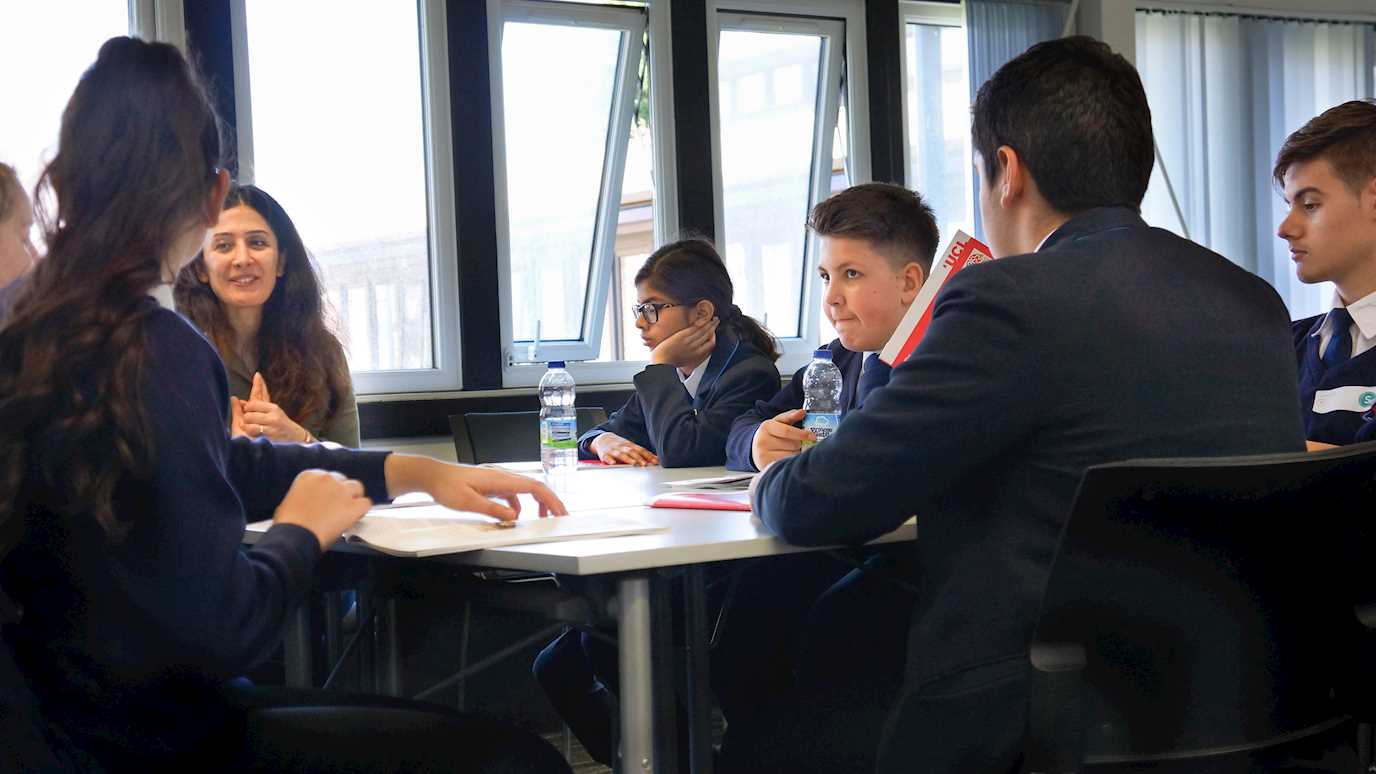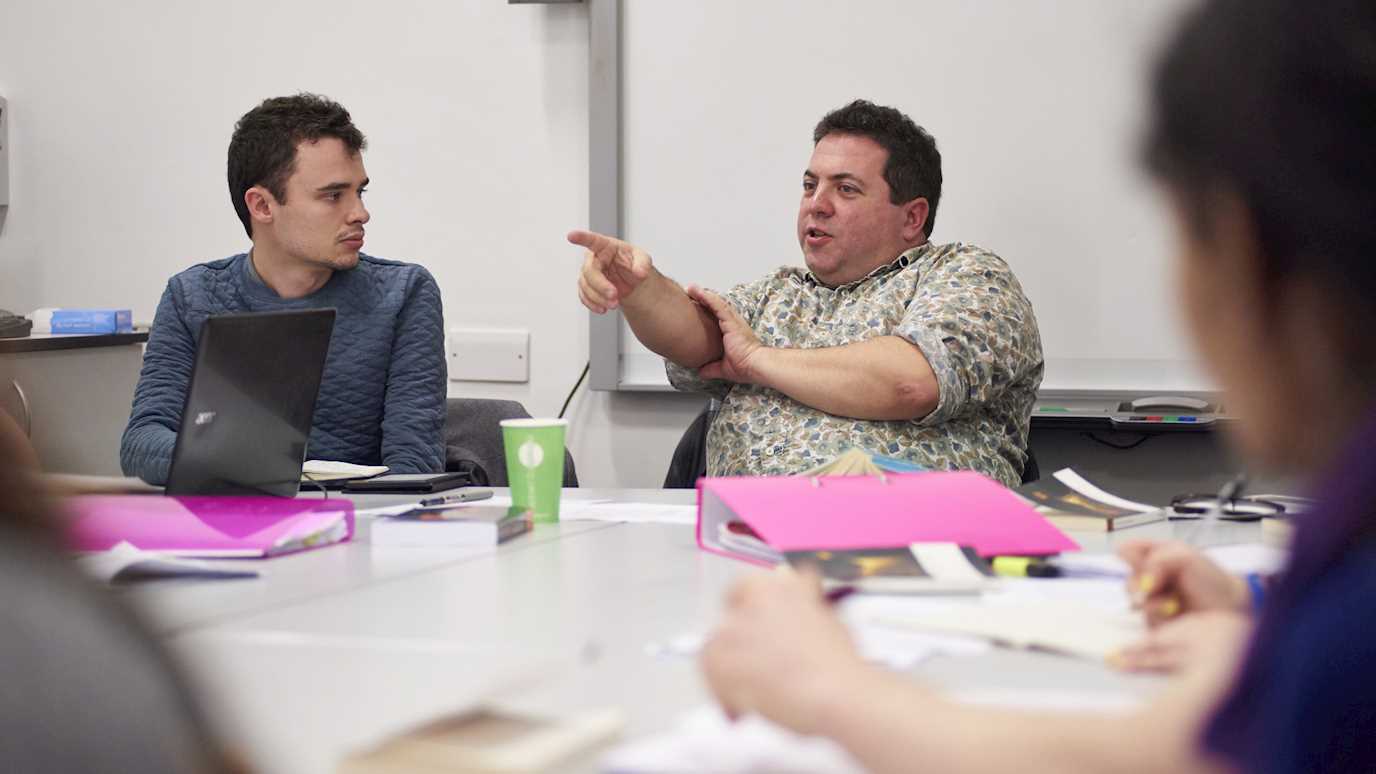Dr Catherine Nall on The Wife of Bath's Tale.
Dr Nall is an expert on Chaucer and has published extensively on fifteenth-century literature. To work with Dr Nall and to discover more about medieval writing and culture, explore our Medieval Studies MA. If you wish to study medieval texts among those from a range of other periods, a great course on which to do so is our English Literature MA.
Key Points
- Chaucer's only Arthurian romance
- Uses the romance convention where the past is juxtaposed with the present
- Anti-fraternal satire: The Wife of Bath's digression is a social critique of the corrupt friars that make it into every area of domestic life
- The Wife of Bath's Tale as a type of the 'Loathly Lady' genre, but Chaucer subverts some of the central conventions:
- In other tales the man seeks for what women most desire in return for marriage to the loathly lady, who gives them a choice between having her beautiful by day and ugly by night, or ugly by day and beautiful at night. The knight hands over the choice to the lady, who turns out to have been enchanted by her evil stepmother all along.
- Chaucer makes several significant changes:
- The central characters have no names
- The knight's crime is rape, which makes the connection between the crime and punishment clearer.
- There is no description of the loathliness of the loathly lady
- Chaucer introduces a difference in social status between the knight and the loathly lady, allowing for the lady's speech on 'gentilesse'
- The nature of the choce the knight must make is different
- There is no curse, so that the loathly lady seems to be in control of her own transformation.
Quotations
In th' olde dayes of the Kyng Arthour,
Of which that Britons speken greet honour,
Al was this land fulfild of fayerye.
The elf-queene, with hir joly compaignye,
Daunced ful ofte in many a grene mede.
This was the olde opinion, as I rede;
I speke of manye hundred yeres ago.
But now kan no man se none elves mo,
For now the grete charitee and prayeres
Of lymytours and othere hooly freres,
That serchen every lond and every streem,
As thikke as motes in the sonne-beem,
Blessynge halles, chambres, kichenes, boures,
Citees, burghes, castels, hye toures,
Thropes, bernes, shipnes, dayeryes --
This maketh that ther ben no fayeryes.
(857-72)
No creature saugh he that bar lyf,
Save on the grene he saugh sittynge a wyf --
A fouler wight ther may no man devyse.
(997-99)
Thou art so loothly, and so oold also,
And therto comen of so lough a kynde,
That litel wonder is thogh I walwe and wynde.
So wolde God myn herte wolde breste!"
(1100-3)
























